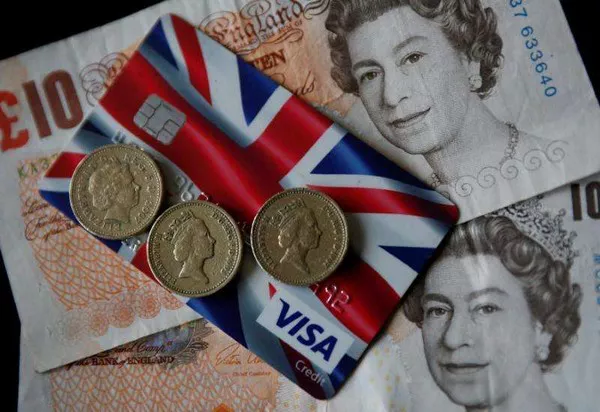The question of whether the United Kingdom’s money is backed by gold has been a topic of intrigue and speculation among individuals curious about the foundations of a nation’s currency. Historically, the gold standard played a pivotal role in shaping global economic systems, with currencies being directly linked to gold reserves. However, in contemporary times, the financial landscape has evolved, and the United Kingdom, like many other nations, has moved away from the gold standard. In this article, we will explore the history of the gold standard in the UK, the reasons behind its abandonment, and the current system that governs the nation’s currency.
Historical Perspective:
The gold standard, a monetary system where a country’s currency is directly tied to a specific quantity of gold, was a prevalent practice during the 19th and early 20th centuries. The United Kingdom, being a major player in the global economy, adopted the gold standard in 1821. Under this system, the Bank of England held a substantial amount of gold, and the value of the pound sterling was linked to a fixed quantity of gold.
During the height of the gold standard, the stability it provided was regarded as a cornerstone of economic security. However, the system also had its drawbacks, as the quantity of money in circulation was limited by the available gold reserves. This constraint often led to deflationary pressures during economic downturns, as governments found it challenging to inject additional money into the economy.
Abandonment of the Gold Standard:
The outbreak of World War I marked a significant turning point for the gold standard. To finance the war efforts, countries had to abandon the gold standard temporarily, resorting to printing more money and accumulating debt. Following the war, the attempt to restore the gold standard proved challenging, and the economic turmoil of the interwar period further weakened its foundations.
The final blow to the gold standard came during the Great Depression of the 1930s. Nations found it increasingly difficult to maintain the fixed exchange rates and gold convertibility, leading to a widespread departure from the gold standard. In 1931, the United Kingdom officially abandoned the gold standard under the leadership of Prime Minister Ramsay MacDonald.
Post-Gold Standard Era:
Since the abandonment of the gold standard, the global financial system has undergone substantial transformations. Countries adopted fiat currencies, which are not backed by physical commodities like gold but derive their value from the trust and confidence of the people using them. The United Kingdom, like most developed nations, shifted to a fiat currency system.
The Bank of England, as the central bank of the UK, plays a crucial role in regulating the money supply and maintaining monetary stability. The value of the pound sterling is determined by a combination of factors, including economic indicators, interest rates, and government policies. The absence of a direct link to gold allows for more flexibility in responding to economic challenges, as central banks can adjust monetary policy without being constrained by the need for a specific gold reserve.
Modern Monetary Policy:
In the post-gold standard era, the focus of monetary policy has shifted toward achieving stable prices, economic growth, and full employment. Central banks, including the Bank of England, utilize various tools such as interest rate adjustments and quantitative easing to achieve these objectives.
The Bank of England’s primary mandate is to maintain price stability, which is typically defined as an inflation target. The Monetary Policy Committee (MPC) sets the interest rate to achieve the government’s inflation target, currently set at 2%. This flexible approach allows for a more dynamic response to economic conditions, providing a contrast to the rigid constraints imposed by the gold standard.
See Also How do I find the value of my UK coins?
Conclusion:
In conclusion, the United Kingdom’s money is not backed by gold in the contemporary financial landscape. The country abandoned the gold standard in 1931, as the constraints and inflexibility of the system became apparent, especially in the face of economic challenges like the Great Depression. The transition to a fiat currency system has allowed the UK and other nations to adopt more adaptable monetary policies, facilitating economic stability and growth.
While the gold standard played a crucial role in shaping historical economic systems, the evolution of global finance necessitated a departure from this rigid framework. The Bank of England, as the guardian of the UK’s monetary stability, now employs modern tools and strategies to navigate the complexities of the 21st-century economy. As we look to the future, understanding the historical context of the gold standard provides valuable insights into the resilience and adaptability of monetary systems in the face of changing economic landscapes.


